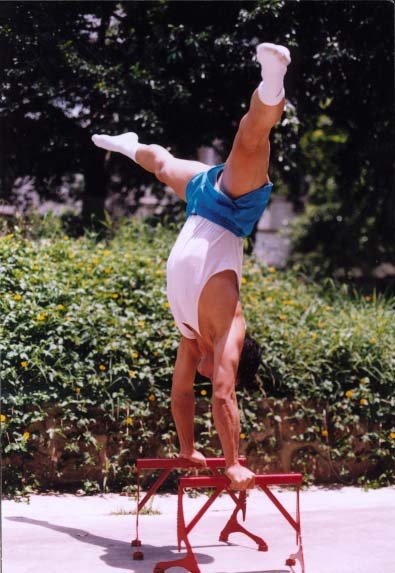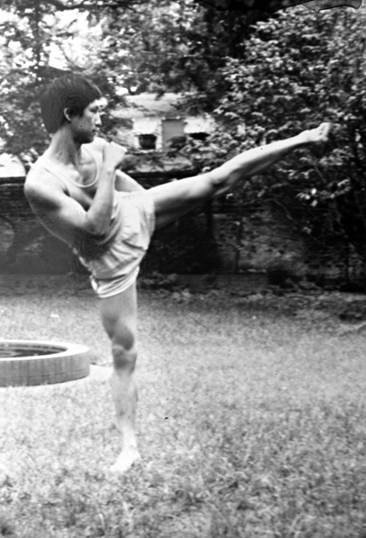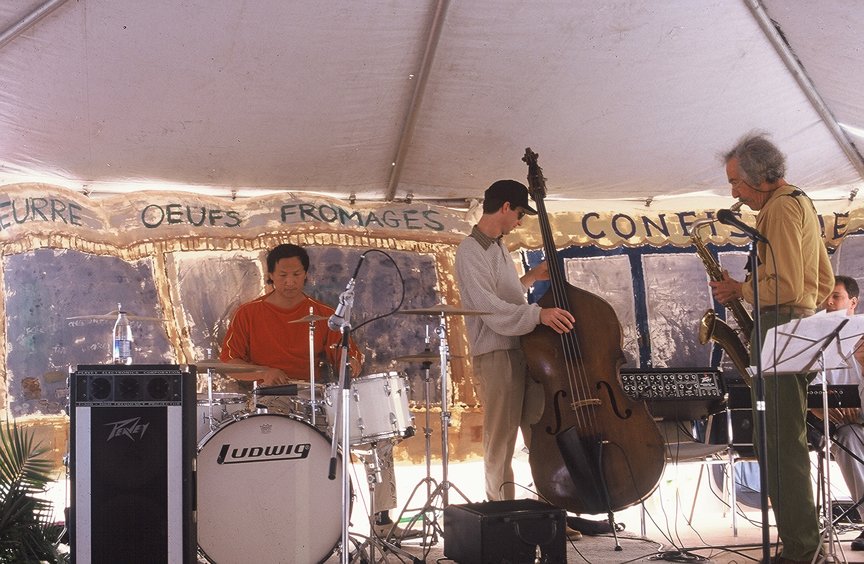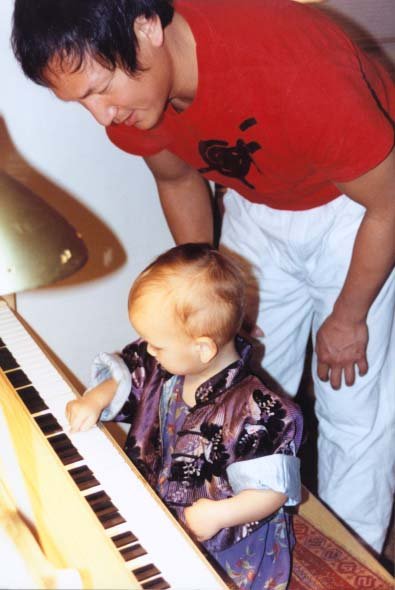About Tssui
Dr. Eugene Tssui (AIA, NCARB, APA) is a licensed architect and contractor, city and regional planner, industrial designer, artist, educator, investigative scientist, inventor, musician, competitive athlete, publisher, President of Tssui Design & Research and Chairman of the Telos Foundation, a nonprofit foundation for educating the public about design, headquartered in Emeryville, California.
Tssui is perhaps the first architect/designer in history to profoundly study, analyze and implement the workings of natural phenomena, through an interdisciplinary approach, as a basis for design at all scales including construction materials and methods.
He is the originator of the term, Evolutionary Architecture, which is an understanding of producing designs based upon a rigorous scientific study of natural organisms, structures, and processes. His work vastly expands and extends beyond the paradigm of “Ecological design.”
His seminal work sweeps us into the 21st century and shows us the ineffable and fantastic intelligence of nature and the compelling possibilities of an architecture that aligns itself with nature’s genius.
Born in Cleveland, Ohio, of Chinese parents, Tssui is fluent in both Mandarin Chinese and English. He holds four professional degrees in architecture and city and regional planning. He attended the University of Oregon, Columbia University Graduate School of Design and the University of California at Berkeley where he received an Interdisciplinary Doctorate in Architecture and Education.
Dr. Tssui has won scholarships and professional research grants from numerous institutions including the Graham Foundation and the National Endowment for the Arts (Canada).
While still a teenager he won an “Honorable Mention for Most Exciting Design” from the AIA (American Institute of Architects). He was an intern architect at the age of nineteen and at twenty was the youngest member of the Organizing Committee for the 1976 Montreal Summer Olympic Games design team as the assistant to the Senior Coordinator.
Eugene Tssui was apprenticed to the renowned American architect, Bruce Goff, from 1976 until Goff’s death in 1982.
He is a four-time Senior Olympics Gymnastics All-Around Champion and In 1996, 1997, 1998, 1999, 2000 and 2002 he was awarded the Presidential Sports Award.
Eugene Tssui, a man of many talents…
Amateur Boxing Champion (8X)
Senior Olympics Gymnastic Champion (4X)
Mixed Martial Arts; Kung Fu
Flamenco Dance Perforer
Piano Player
Drums Player (Tssui performs with Jazz band, 1997)
Guitar Player
Father, Grandfather, Husband.
Early Signs of the Visionary
“Delject,” by Eugene Tssui, 11 years of age, 1966. The name Delject, derived from the first initials of Tssui’s seven person school study group, 1966, Minnesota, USA.
Delject, hand drawn from creative memory would be the genesis of Tssui’s architectural prowess. The design, a school complex, would be produced for Tssui’s grade school level social studies class. Tssui received plenty praise from his peers due to the drawings artistic skill along with remarkable features. These innovative features (not yet invented nor patented) included, “Vacuum injector Tubes,” (a pressurized, air powered subway system), photovoltaic solar cells which track the sun’s movement, a geodesic envelop to protect a natural ecosystem, and a solar powered electrical defense system.
“I did not study anything in particular, and I never had any drawing lessons. All I wanted to do was draw what came to mind or to pursue a certain direction that was asked of me in my drawings.” - Eugene Tssui
Publications:
Evolutionary Architecture: Nature as a Basis for Design (Wiley and Sons, 1999 ISBN 9780471117261)
The Urgency of Change (China Building and Construction Press, 2002 ISBN 9787112051557)
The Architecture of Eugene Tsui (ISSN 1000-8373)
Learning from Nature Before it’s too Late (ISSN 1000-8373)
Nature Leads Us to the Future: Leave No Trace (ISSN 1000-8373)
Beyond Green Building: Transformation of Design and Human Behavior (China Science Publishing and Media Ltd. 2015 ISBN 9787030447241
Shenzhen Ecological Park Concept Book, Shenzhen University Press, 2001
Shenzhen City Seaside Garden Park: Tourist Project Concept Book (Shenzhen University, Department of Architecture, 2000)
World Architecture Review – Works of Eugene Tssui, 2000
Nature as a Basis for Design, John Wiley & Sons, 1999
Click below to purchase selected prints from the official Amazon shop of Dr. Eugene Tssui.
Dr. Eugene Tssui
State Architect License #27159
National Architect License (NCARB) #56630
State Contractor’s License #711116
Interdisciplinary Ph.D. (Architecture and Education) University of California, Berkeley
International Professor, Beijing University, Shenzhen Campus, Shenzhen, China
Senior Lecturer, University of California, Berkeley
President, Tssui Design and Research, Inc.
President, The Telos Foundation, non-profit tax exempt, #1630573
Legendary Architect, Bruce Goff
"In my lifetime I have met three individuals of unquestionable genius. Eugene Tssui is one of these individuals. I write this in the spirit of homage to salute him as a young master already certain of his many and varied directions in creative work. The strength and inner drive of this multiple genius is awesome. He is the most complete person I know; is resourceful, realistic and thorough but also a visionary. He has the necessary integrity to completely realize his wonderful creative power. I have met many young men of exceptional talents, but I find Eugene Tssui to be the one with the most remarkable creative potential and brilliance of the greatest intensity. If I write in superlatives it is because I need to when I speak of Eugene Tssui. I wish him all success in the development and application of his great creative potential for the future of humanity and the world.”















